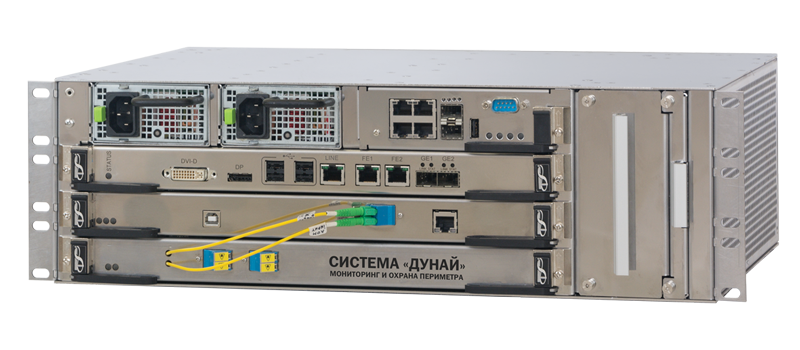The Dunay system will be used for analysis of seismicity
T8 has signed a memorandum on cooperation with the Kamchatka branch of the Federal Research Center “United Geophysical Service of the Russian Academy of Sciences”. The cooperation is aimed at the study of possible applications of distributed acoustic sensors (DAS) “Dunay” based on optical fiber and coherence reflectometry for the recording and analysis of seismic signals.

In the future, it is planned to develop methods for the use of existing fiber-optic networks in earthquake-prone regions as distributed sensors to collect seismic data. With a spatial resolution of 10 m along the fiber, each 1 km of fiber is roughly equivalent to 100 sensors. Thus, a typical regional DWDM-network with a total length of fiber optic lines of 10,000 km is potentially equivalent to the observation network of 1 million sensors. That is 1000 times higher than the density of the largest existing regional seismic networks (eg, GEONET network in Japan includes 1,200 high-resolution GPS-sensors).
The expansion of observation networks and the use of new instruments are among the main trends of the modern geophysics. By the processing of large volumes of seismic data obtained with the large-scale networks of instrumental observations, it is possible not only to determine the exact location and time of the individual seismic events, but also to restore the three-dimensional pattern of the propagation of seismic waves, and to “look under the earth’s surface” for hundreds of kilometers. These methods contribute to the solution of problems of seismic hazard assessment and prediction of the catastrophic earthquakes and tsunami.
